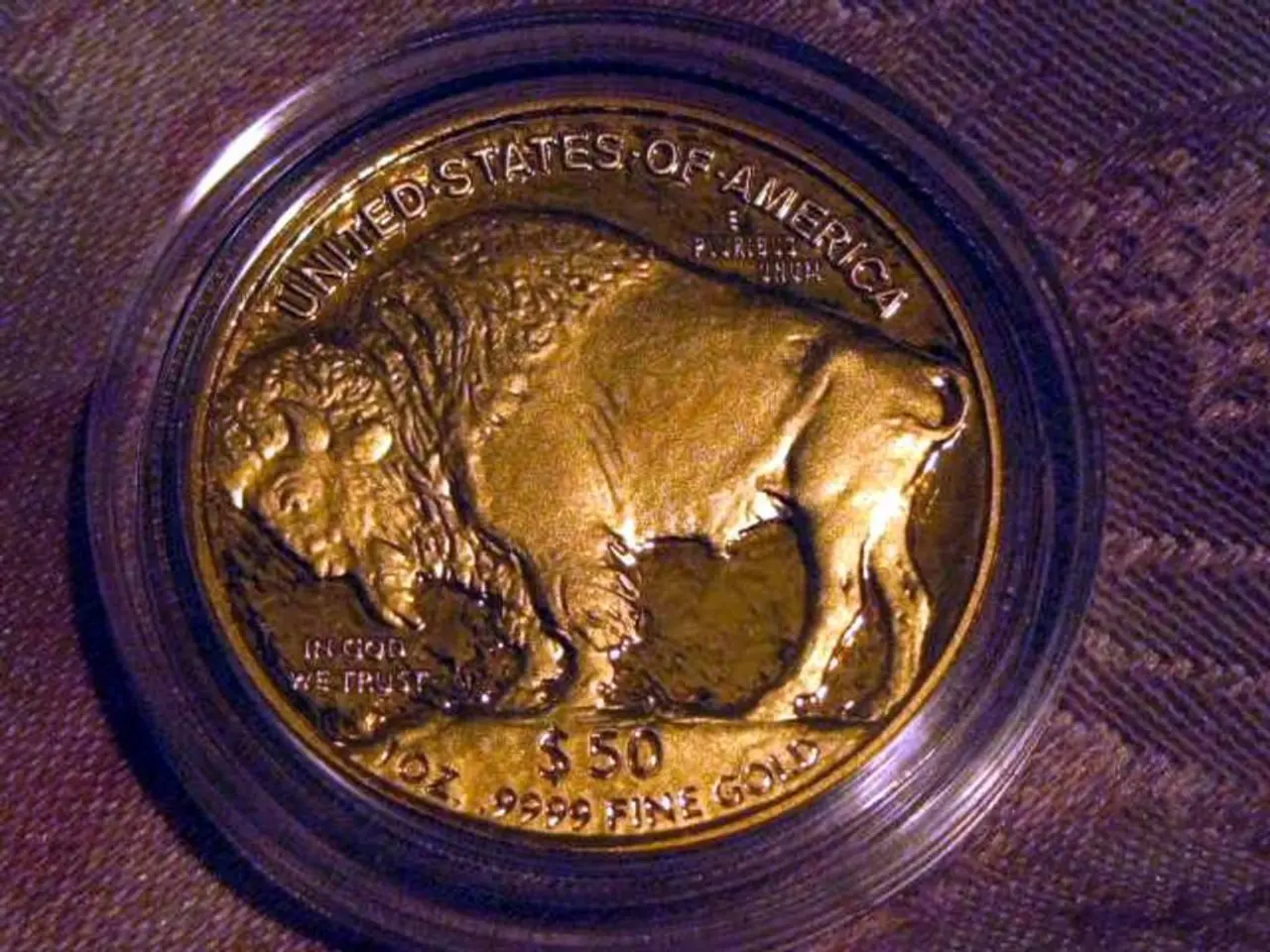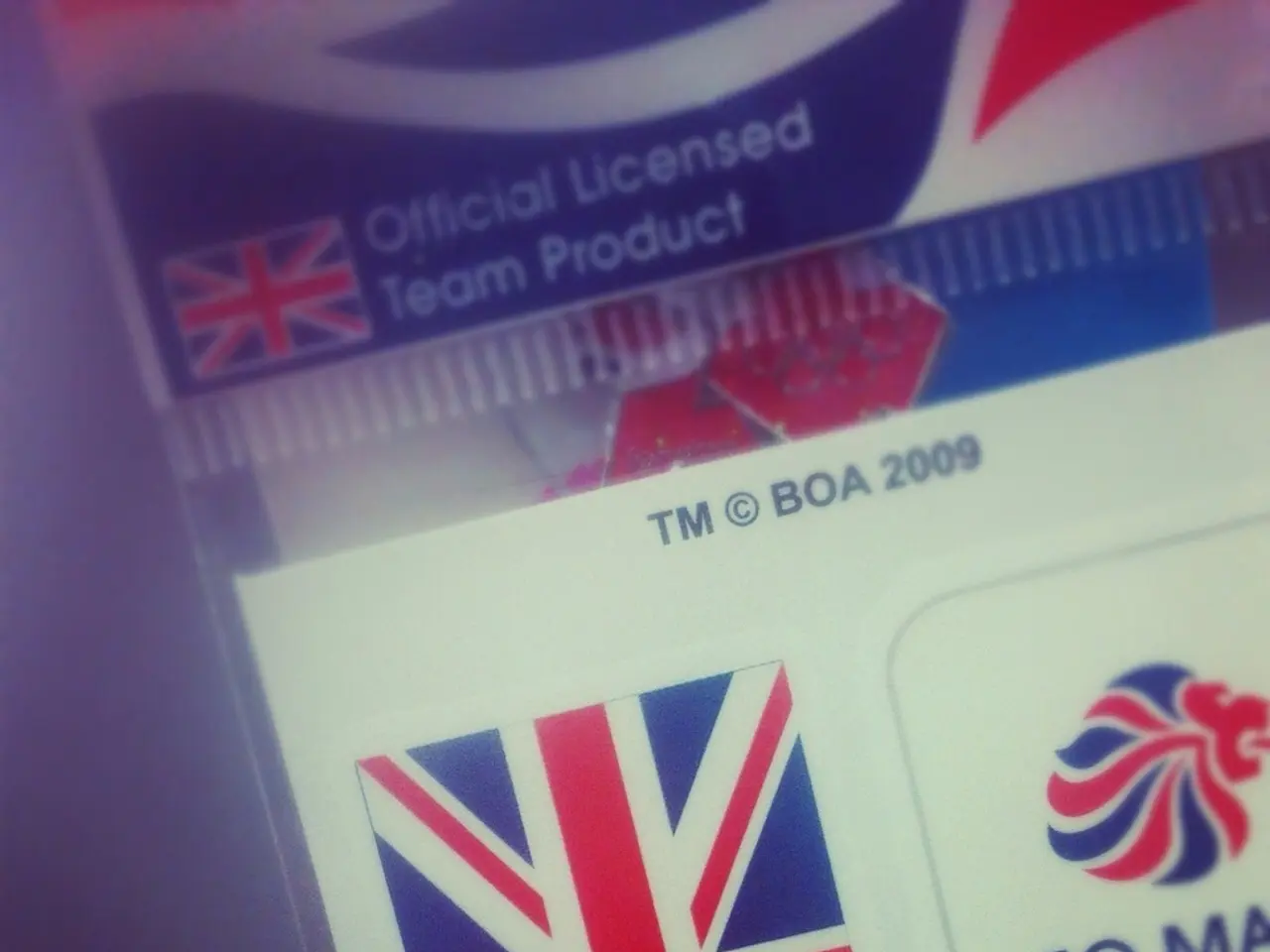Online marketplaces worldwide should follow the best practices set by the U.S. and EU in combating counterfeit goods, recommends a new Center for Data Innovation report.
Fighting Counterfeit Goods on Online Marketplaces: A Joint Effort by U.S. and EU Stakeholders
In the fight against the illicit trade of counterfeit goods, which amounts to nearly half a trillion dollars annually, the U.S. and EU have taken significant strides to combat this issue on online marketplaces. A report from the Center for Data Innovation suggests an emerging consensus on best practices to address this problem.
The report emphasizes the need for unified practices that streamline compliance and create a united front against counterfeit products. The best practices outlined can be effective in fighting online counterfeiting.
Legal, Technological, Collaborative, and Enforcement Strategies
These strategies include utilizing customs enforcement, expanding marketplace accountability, pursuing legal actions, leveraging technology and AI, facilitating public-private collaboration, enhancing procurement vigilance, and addressing the socioeconomic impact.
Customs authorities in both the U.S. and EU are empowered to seize counterfeit goods at borders. Trademark owners can register their rights with customs agencies, enabling proactive interception of fake products entering or leaving their territories.
Efforts like revising the U.S. Notorious Markets List aim to include domestic online platforms that facilitate counterfeit sales, increasing scrutiny on third-party marketplaces to protect legitimate businesses and intellectual property.
Trademark owners are encouraged to pursue litigation or alternative dispute resolution against infringers. Strategic jurisdiction selection, injunctions to halt counterfeit sales, and seeking damages for harm to brands are key elements in this strategy.
Though more discussed in the context of disinformation, adaptable AI-driven tools can also contribute to identifying counterfeit listings by analyzing anomalies and metadata patterns.
Agile, pre-competitive collaboration among governments, firms, and academia accelerates innovation in counterfeit detection. Shared R&D initiatives and information sharing help develop more effective technological defenses.
Organizations, especially in manufacturing sectors like electronics, increase visual and technical inspection processes to spot counterfeit components before they enter supply chains, mitigating risks early.
Recognizing the broader consequences—such as job losses and forced labor in counterfeit manufacturing—drives policy focus on enforcement and ethical supply chains.
Cooperation and Policy Alignment
Becca Trate, policy analyst at the Center for Data Innovation, stated that stopping the illicit goods trade will require effective cooperation and policy alignment. Trate claims that policymakers on both sides of the Atlantic have demonstrated the ability to bring together stakeholders to work cooperatively on complex issues.
The EU Memorandum of Understanding (MoU) on the sale of counterfeit goods on the Internet, published in 2011, detailed key commitments for rights holders and online platforms. The MoU was revised in 2016 to assess provision implementation and signed by 32 companies and trade associations.
The Center's new report reviews both the DHS report and the EU Memorandum of Understanding (MoU) to identify the consensus on best practices. The efforts of policymakers, as shown in the report, have shown positive results in combating online counterfeiting.
These combined approaches emphasize comprehensive enforcement, technology integration, cooperative frameworks, and legal pressures as the most effective way to combat counterfeit goods on online marketplaces according to U.S. and EU stakeholders and analyses by the Center for Data Innovation and affiliated experts.
- The Center for Data Innovation's report suggests that stopping the illicit trade of counterfeit goods requires effective collaboration and aligned policies, as stated by Becca Trate, the policy analyst at the Center.
- The EU Memorandum of Understanding (MoU) on the sale of counterfeit goods on the Internet, published in 2011, detailed key commitments for rights holders and online platforms, which were revised in 2016.
- The strategies for combating online counterfeiting include utilizing customs enforcement, expanding marketplace accountability, pursuing legal actions, leveraging technology and AI, facilitating public-private collaboration, enhancing procurement vigilance, and addressing socioeconomic impact.
- Trademark owners are encouraged to pursue litigation or alternative dispute resolution against infringers, with strategic jurisdiction selection, injunctions to halt counterfeit sales, and seeking damages for harm to brands being key elements in this strategy.
- Adaptable AI-driven tools can contribute to identifying counterfeit listings by analyzing anomalies and metadata patterns, a fact more often discussed in the context of disinformation.




